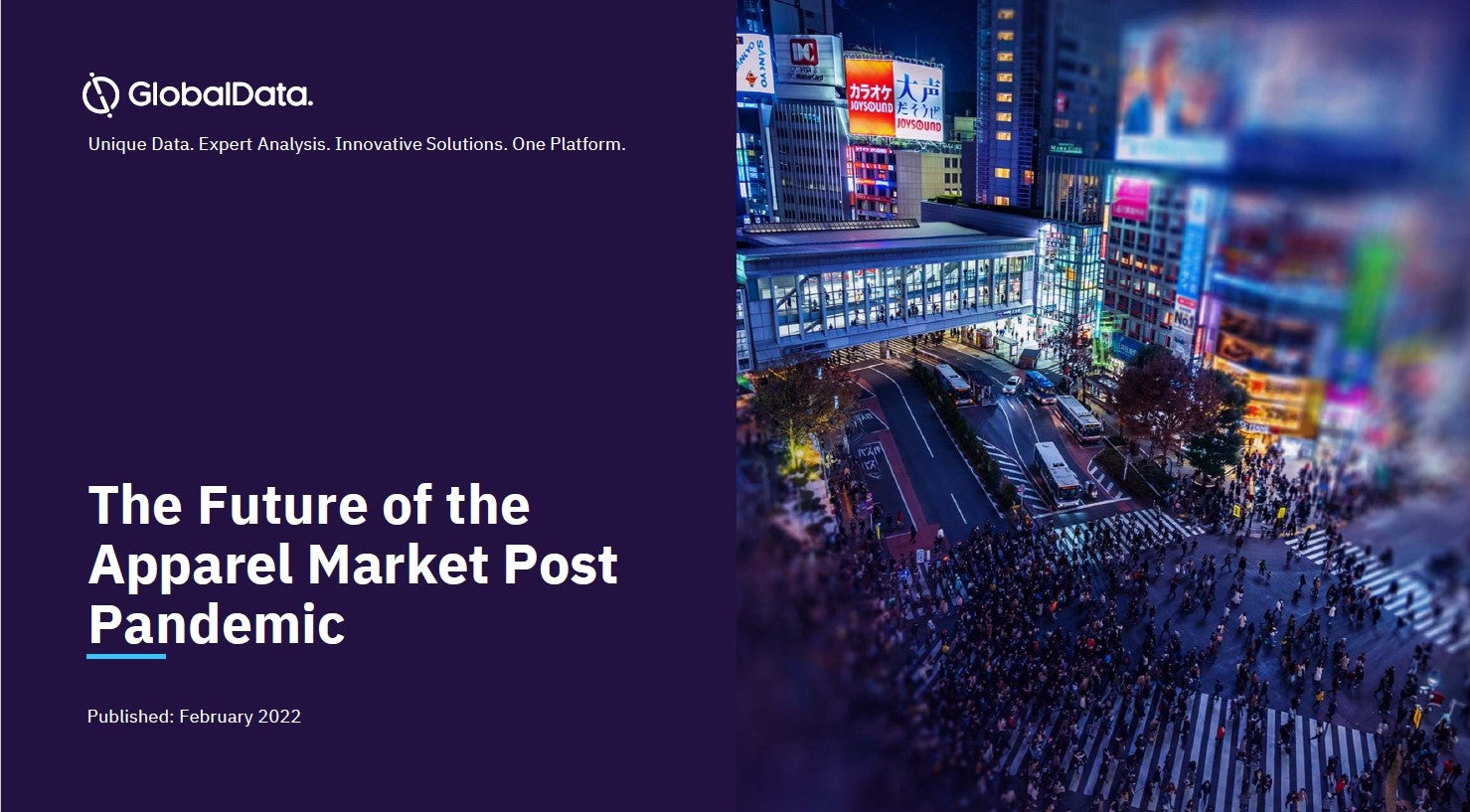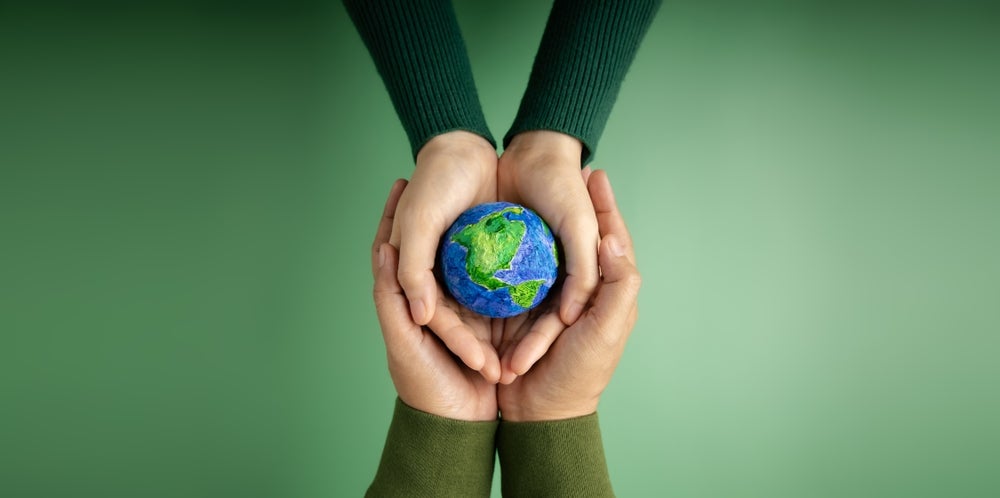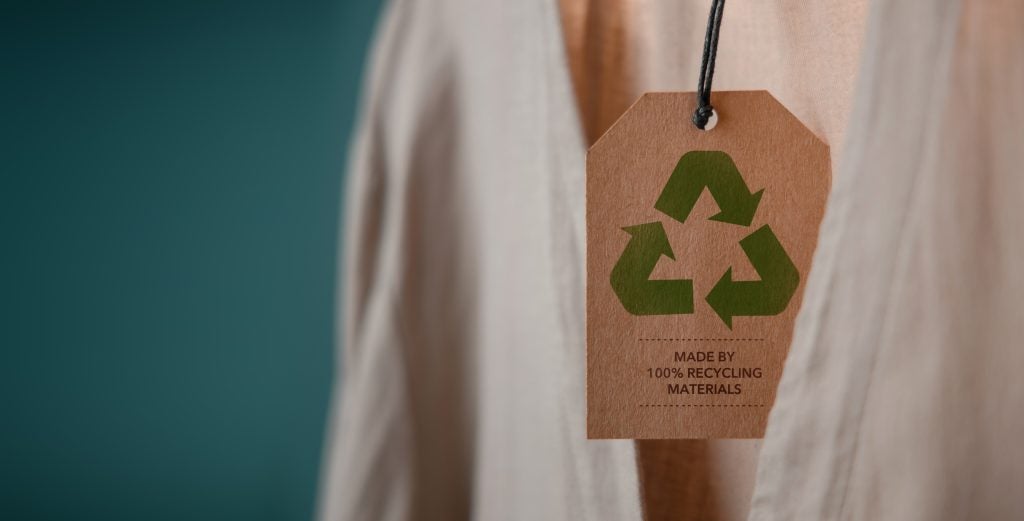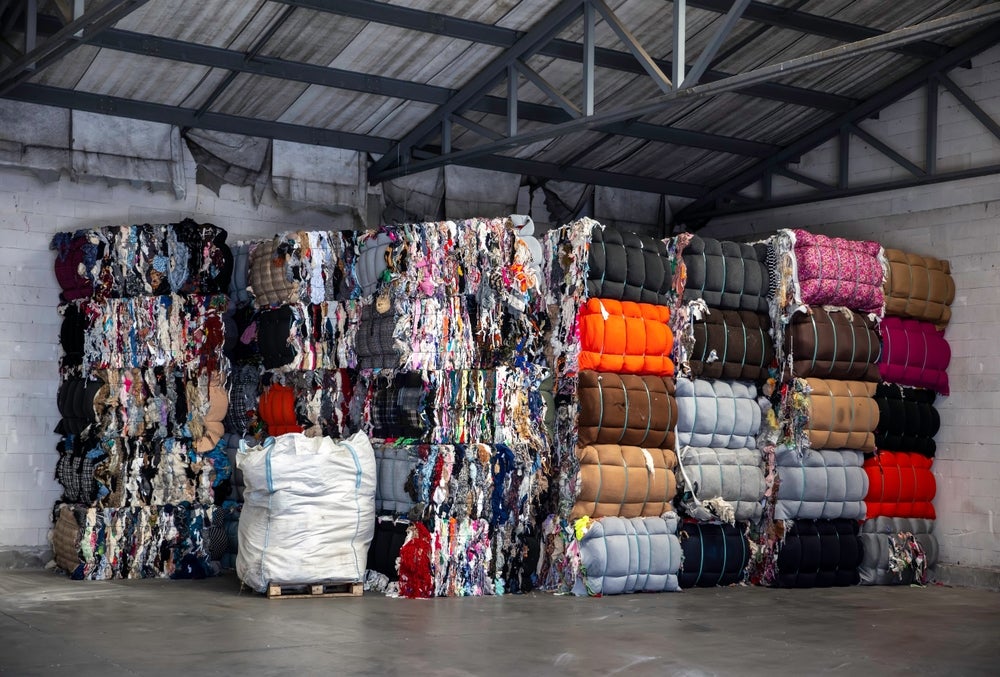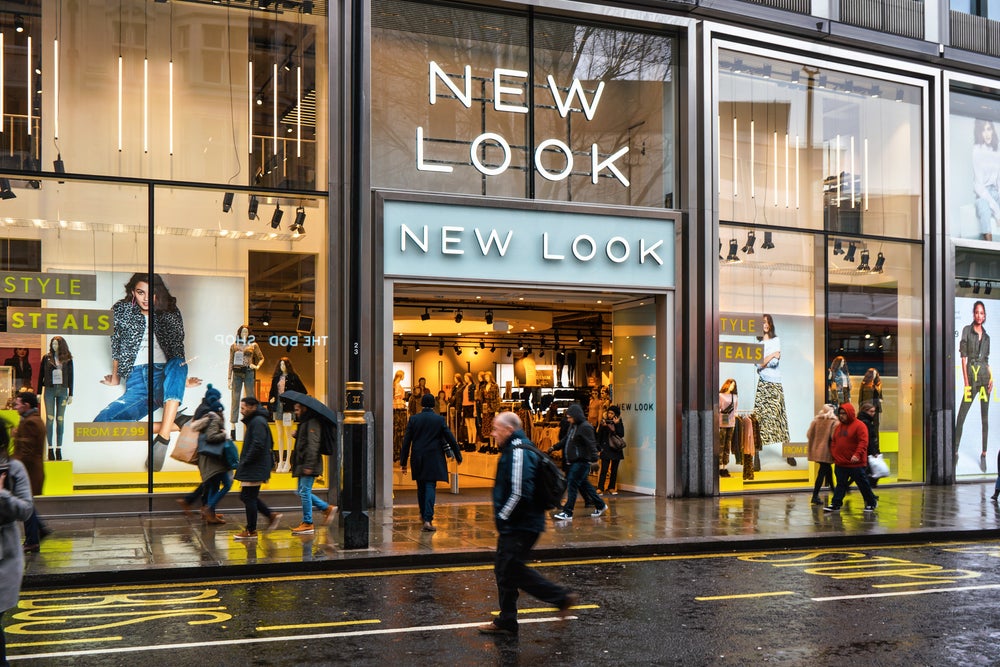
Hong Kong-based manufacturing giant Crystal International Group continues to make progress towards its sustainability targets, with highlights last year including reducing more than 3% of fresh water intensity compared with the year prior. But reducing carbon emissions is proving to be more of a challenge.
The company’s just-released ‘Sustainability Report 2019’ covers its sustainability vision, strategies, key initiatives, achievement and performance in 2019. The document, which aligns with Crystals’ 50th anniversary, also details key achievements throughout its history.
Since the start of its sustainability journey in 2007, Crystal has reduced around 44% product carbon footprint and is working towards the goal of reducing carbon footprint per garment by 10% by 2022 as per its ‘Third Global 5-year Sustainability Targets (2018-2022)’ which were outlined last year.
The target is set against figures for 2017 as the base year, and its impact is potentially huge given that the company is one of the leading apparel manufacturers in the world, producing 470m garments a year from its 20 production facilities spanning five countries: Vietnam, China, Cambodia, Bangladesh and Sri Lanka.
In its latest report, however, Crystal said despite significant effort dedicated to carbon reduction, its progress was behind target for 2019, primarily due to operational needs and production requirements.
How well do you really know your competitors?
Access the most comprehensive Company Profiles on the market, powered by GlobalData. Save hours of research. Gain competitive edge.

Thank you!
Your download email will arrive shortly
Not ready to buy yet? Download a free sample
We are confident about the unique quality of our Company Profiles. However, we want you to make the most beneficial decision for your business, so we offer a free sample that you can download by submitting the below form
By GlobalDataSee Also:
“For instance, the expansion of production facilities, developing diversification and the complexity of product types, all impacted to reduce the pace of decarbonisation,” it said, noting a 2% rise in carbon footprint per garment during the year.
Crystal is also working toward reducing the fresh water consumption per garment by 8% by 2022. It said this actually rose by 9% in 2019 but cited progress in terms of fresh water intensity, having reduced over 3% of fresh water intensity compared with 2018. This was mainly through the optimisation of its washing processes, despite the intensity being higher than the level in 2017.
“This has prompted us to examine our existing strategies and to take further action,” the company said. “The study of roadmaps for long-term carbon reduction and water conservation will be completed in 2020. The roadmaps, comprising long-term and shortterm potential actions, will drive carbon reduction and water saving initiatives in all our factories both holistically and systematically.”
Meanwhile, Crystal noted it is preparing to pledge the Fashion Industry Charter for Climate Action, and will progressively scale up the adoption of renewable energy, including solar PV, in all operating countries in the near future.
Other progress made in the last 12 months includes planting about 300,000 trees, with more than 2.8m trees planted since 2007; empowering around 5,000 women through its CARE (Crystal Advocates Respect and Engagement) learning and development programme, with around 13,000 women accumulatively in 2018 and 2019; and expanding the use of recycled water in production water consumption to around 50%.
The company also became the first global manufacturer to team up with the Better Work initiative as the programme scales up across the garment industry. The partnership is dedicated to work on a long-term commitment to improve working conditions in Crystal’s factories in Vietnam, Cambodia and Bangladesh and to boost business competitiveness in its supply chains.
The road ahead
Moving forward, the manufacturing giant has identified upcoming areas of focus including the circular economy and Industry 4.0.
“Apart from the focus on minimising the effects on climate change, resource conservation and waste management are our other key priorities. To this end, we aim to build a circular economy model to redefine the way we design and manufacture our products, to make use of resources and to manage wastage.
“In addition, with the move towards Industry 4.0, accompanied by the application of AI and automation, we believe that new technologies can create greater synergy in tackling various of these sustainability challenges.”
The company, which plans to transition from traditional automation to a smarter manufacturing process over the course of the next decade, said with the application of digitalisation, AI, robotics and related technology, Industry 4.0 will help it achieve an optimised, efficient workplace with higher productivity and enhanced competitiveness.
“In doing so, we will also create standardised practices for employees to follow, encourage their creativity and provide them opportunities to apply new methods of manufacture.”
Crystal recently collaborated on a fully traceable upcycled denim collection with The R Collective which aims to reduce the waste and climate impact of garments. Designed by Jesse Lee and remade by Crystal International’s eco denim factory, it puts surplus denim back into use.
Click here to access the report in full.

